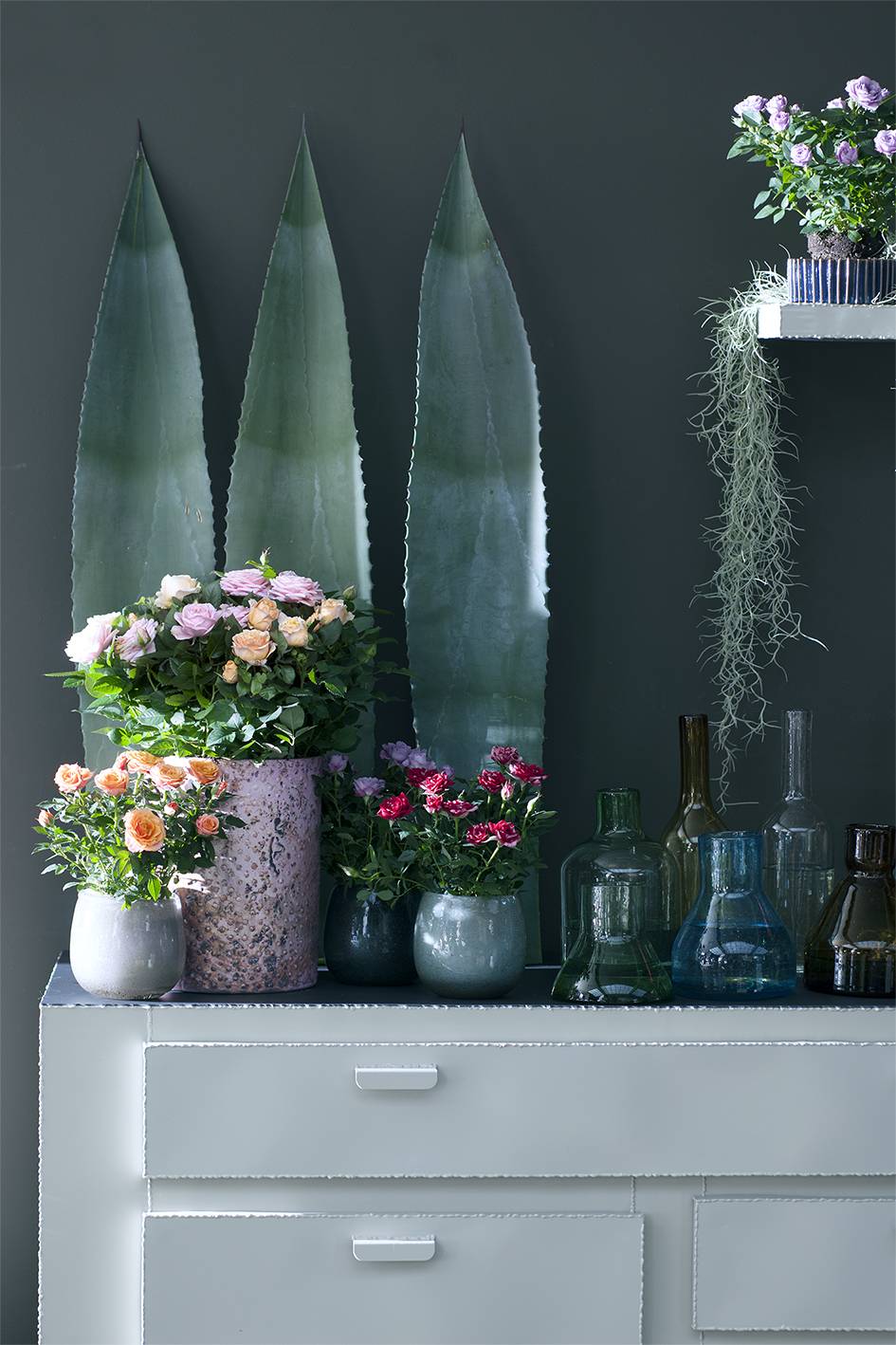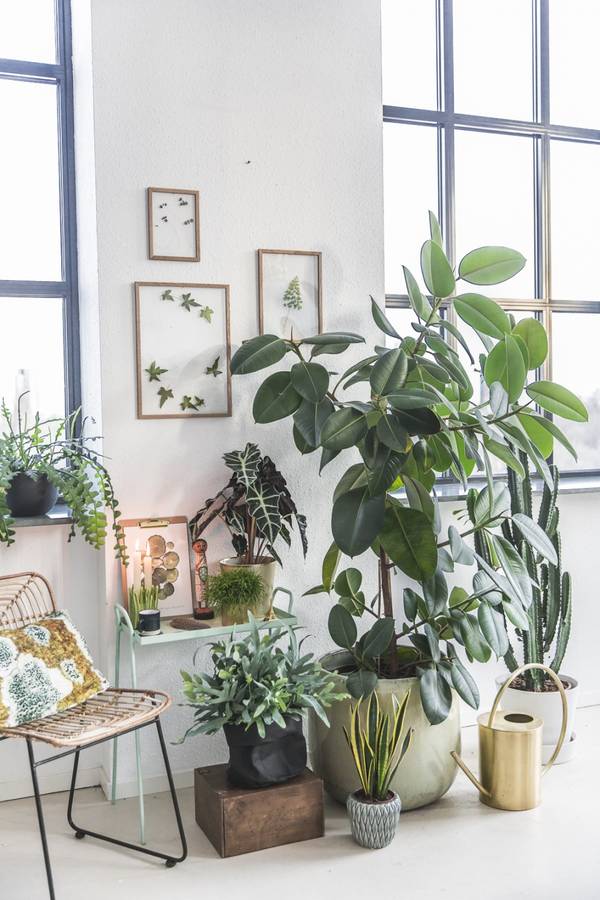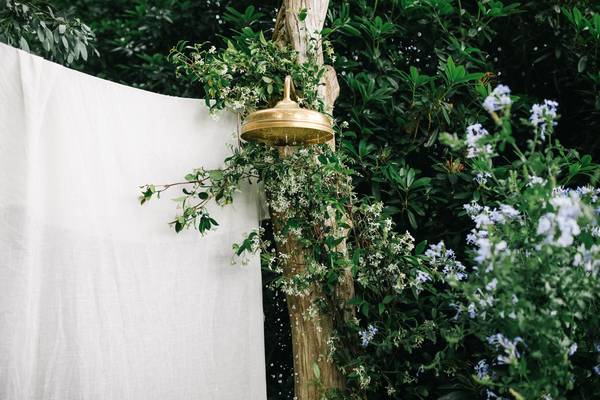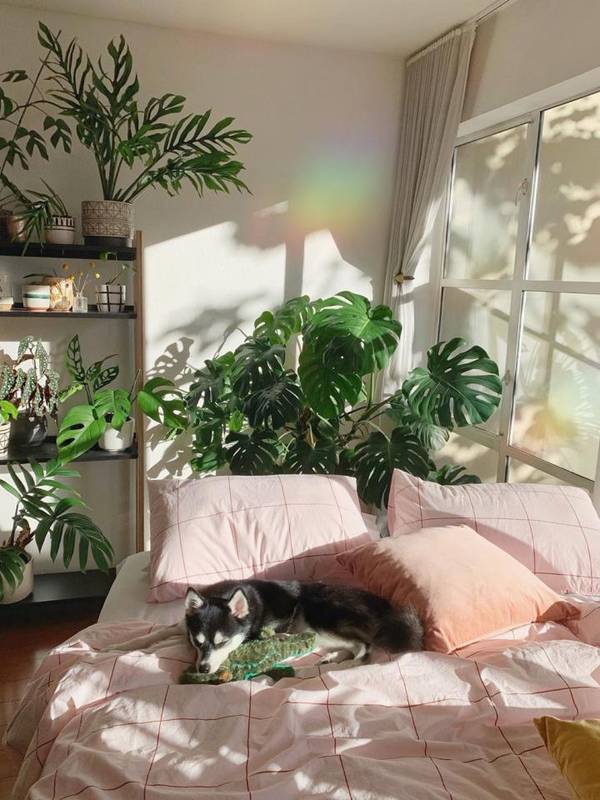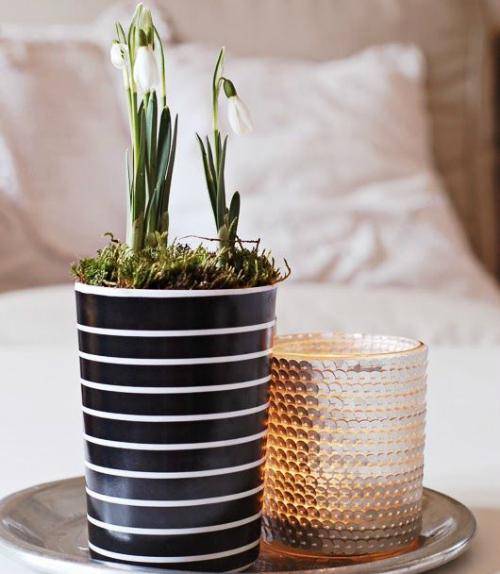
Care
- Indoors the plant prefers a light spot with some fresh air.
- The soil should not be allowed to dry out, so water regularly.
- It’s a good idea to give the plant some plant food or special rose food once every three weeks to ensure vigorous flowering. This will encourage the pot rose to keep making new buds.
- Once it’s finished flowering the pot rose can be pruned down to about 5 cm above the soil. The plant will then grow back after about two months.
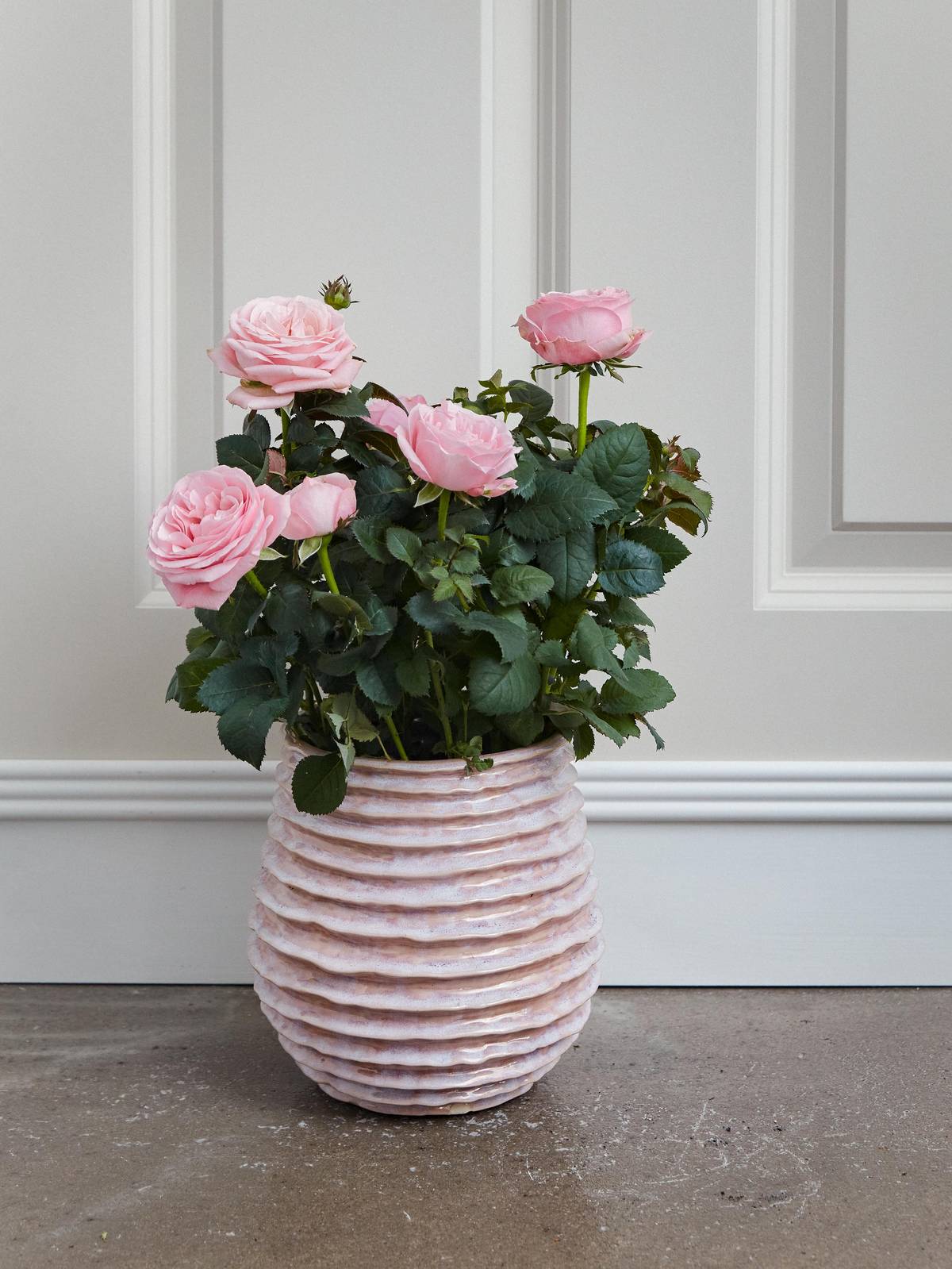
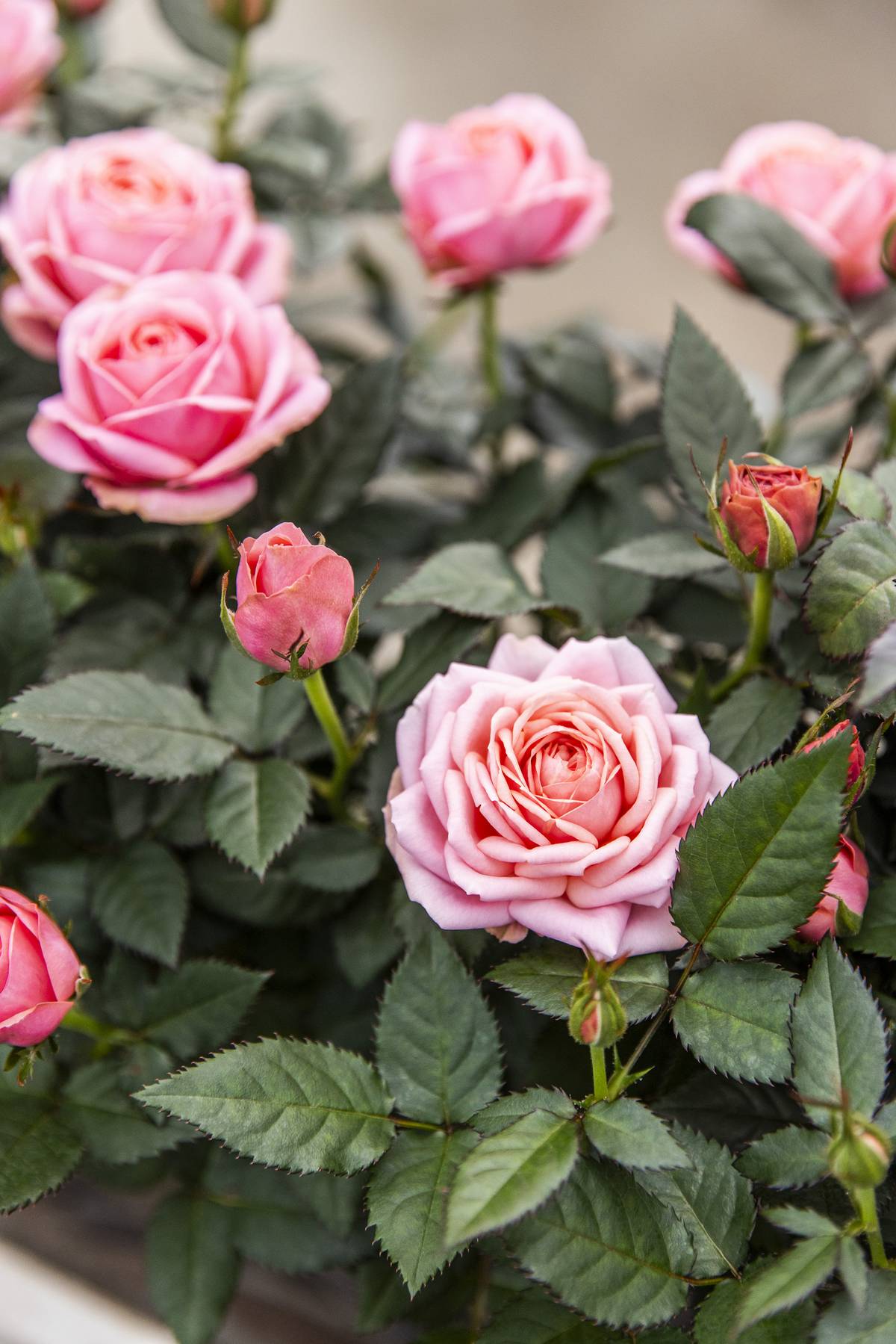
Colours and shapes
The potted rose has all the style and quality of its big sister, but in a manageable living room, balcony or patio format. The wide variety of colours, flower sizes and dimensions make it a popular houseplant. From mini pot roses to robust specimens, they all make a fairytale statement in their own way. With the right care they will flower profusely for a long time.
Symbolism
The name ‘rose’ is derived from the Celtic word ‘rhodd’, which means red, since many roses originally had red flowers. As far back as antiquity people considered roses to be the most beautiful flowers in the world and they’re still viewed as the ultimate gift. Roses appear in art and are an element in heraldry, an ingredient in perfumes and the most commonly used flowers in textile prints.
With the right care they bloom long and exuberantly.
Origin
Roses have been cultivated for at least 5000 years, but the pot rose is a relative newcomer to the range. What’s unique about this flowering plant is that the buds, flowers and leaves are all in proportion with one another. It really is a mini copy of a large rose bush. They’re generally derived from an old Chinese rose of which breeders have produced a dwarf variety. Roses originate from the northern hemisphere, particularly China and Europe. The first pot roses arrived in Europe at the end of the 18th century.

